 Distributives: Definition and ExamplesDistributives are words used to discuss the parts of a group in relation to the whole group. For example, if you’re discussing a...October 6, 2022
Distributives: Definition and ExamplesDistributives are words used to discuss the parts of a group in relation to the whole group. For example, if you’re discussing a...October 6, 2022 How to Use the Future Continuous TenseThe future continuous tense is a verb tense that shows an action happening over a period of time in the future. “I will be...September 20, 2022
How to Use the Future Continuous TenseThe future continuous tense is a verb tense that shows an action happening over a period of time in the future. “I will be...September 20, 2022 What Are Filler Words, and How Do You Cut Them?Fillers words such as um or uh are words, sounds, or phrases people use to “fill in” empty spaces in communication. In speech,...September 16, 2022
What Are Filler Words, and How Do You Cut Them?Fillers words such as um or uh are words, sounds, or phrases people use to “fill in” empty spaces in communication. In speech,...September 16, 2022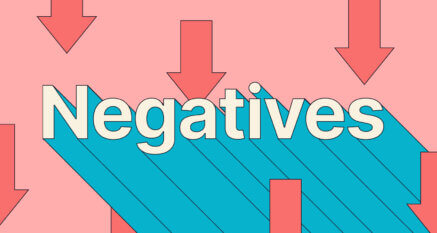 Negatives and Double Negatives: What They Are, With ExamplesNegatives like not or never are words that change the meaning of a word or sentence to show it’s untrue or not happening. They...September 14, 2022
Negatives and Double Negatives: What They Are, With ExamplesNegatives like not or never are words that change the meaning of a word or sentence to show it’s untrue or not happening. They...September 14, 2022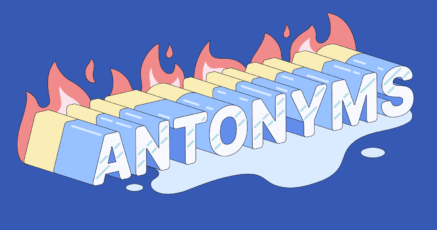 Antonym: Definition and ExamplesAn antonym is a word that means the opposite of another word. For example, hot and cold are antonyms, as are good and bad....August 24, 2022
Antonym: Definition and ExamplesAn antonym is a word that means the opposite of another word. For example, hot and cold are antonyms, as are good and bad....August 24, 2022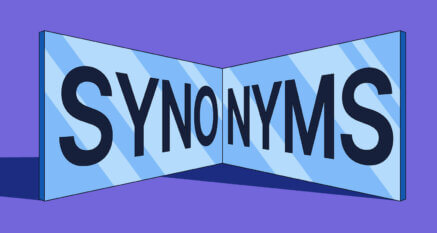 Synonym: Definition and ExamplesA synonym is a word that has the same meaning as another word (or nearly the same meaning). For example, beautiful and attractive...August 17, 2022
Synonym: Definition and ExamplesA synonym is a word that has the same meaning as another word (or nearly the same meaning). For example, beautiful and attractive...August 17, 2022 What Are Contractions in Writing?Contractions are a unique type of word that combines two or more other words in a shortened form, usually with an apostrophe....August 11, 2022
What Are Contractions in Writing?Contractions are a unique type of word that combines two or more other words in a shortened form, usually with an apostrophe....August 11, 2022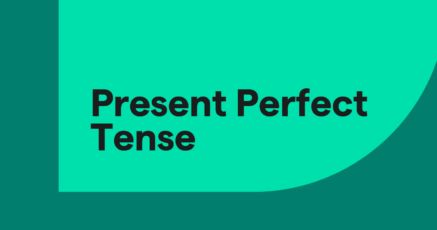 What Is the Present Perfect Tense? Definition and ExamplesThe present perfect tense is an English verb tense used for past actions that are related to or continue into the present, such...July 25, 2022
What Is the Present Perfect Tense? Definition and ExamplesThe present perfect tense is an English verb tense used for past actions that are related to or continue into the present, such...July 25, 2022 What Are Modifiers? How to Use Them Correctly, With ExamplesModifiers, as their name implies, are words that modify. Specifically, they’re words that modify their sentences’ meanings. How...July 19, 2022
What Are Modifiers? How to Use Them Correctly, With ExamplesModifiers, as their name implies, are words that modify. Specifically, they’re words that modify their sentences’ meanings. How...July 19, 2022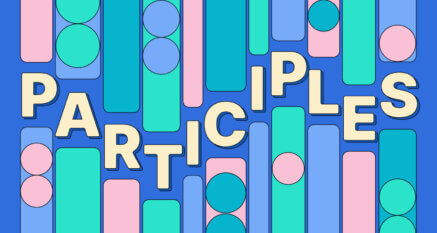 What Is a Participle? Definition and ExamplesA participle is a form of a verb used as either an adjective (“the hidden treasure”) or a part of certain tenses (“we are hiding...July 5, 2022
What Is a Participle? Definition and ExamplesA participle is a form of a verb used as either an adjective (“the hidden treasure”) or a part of certain tenses (“we are hiding...July 5, 2022